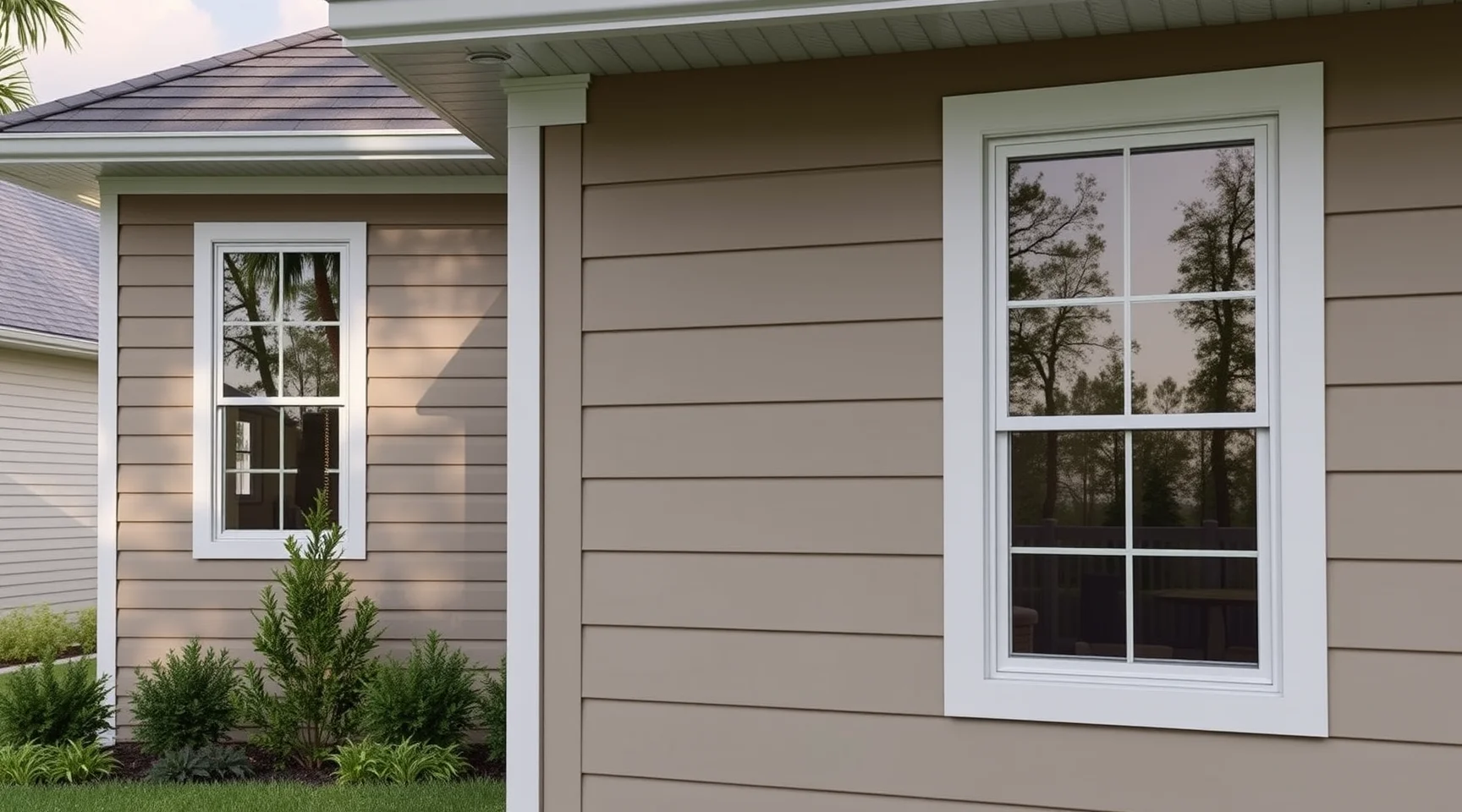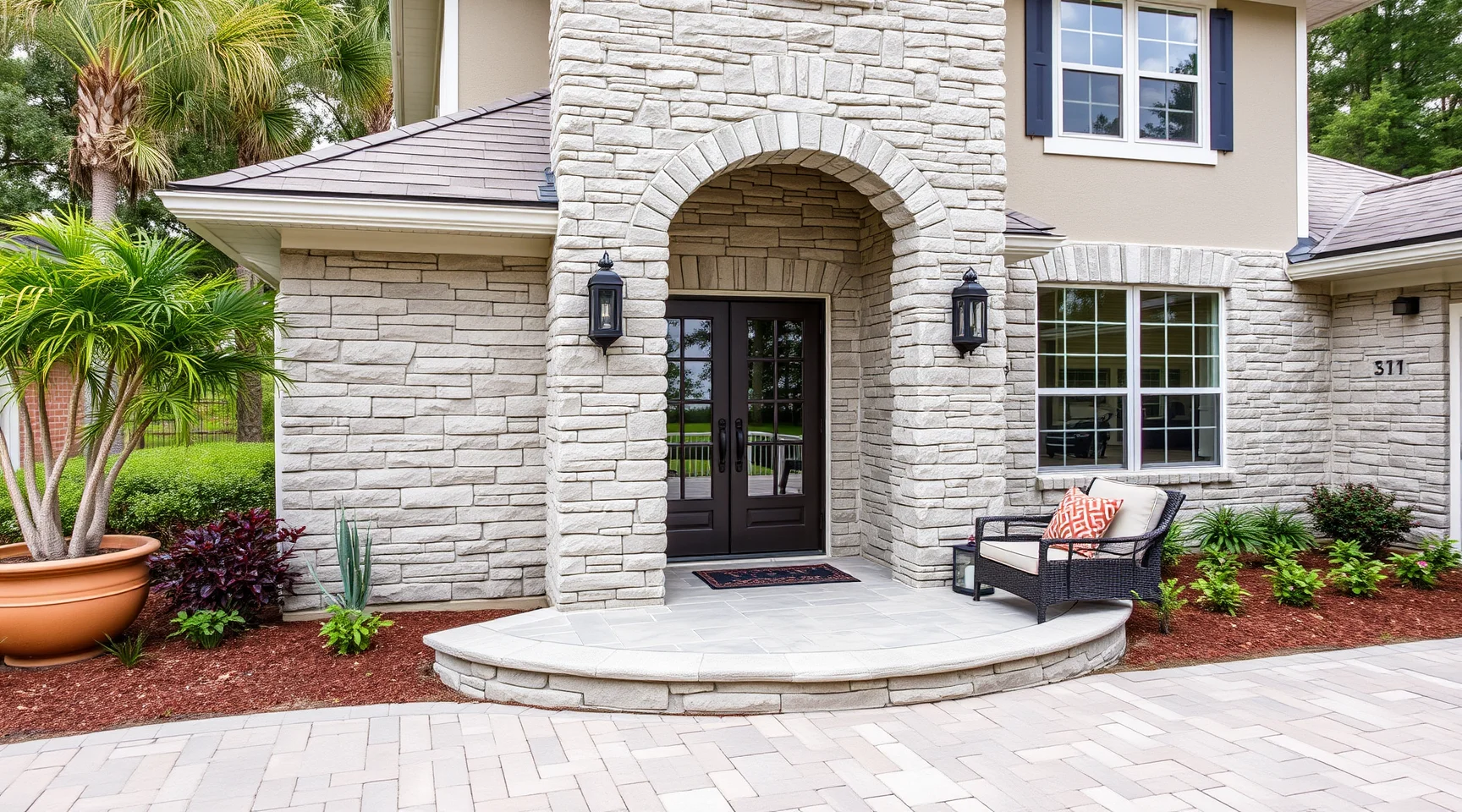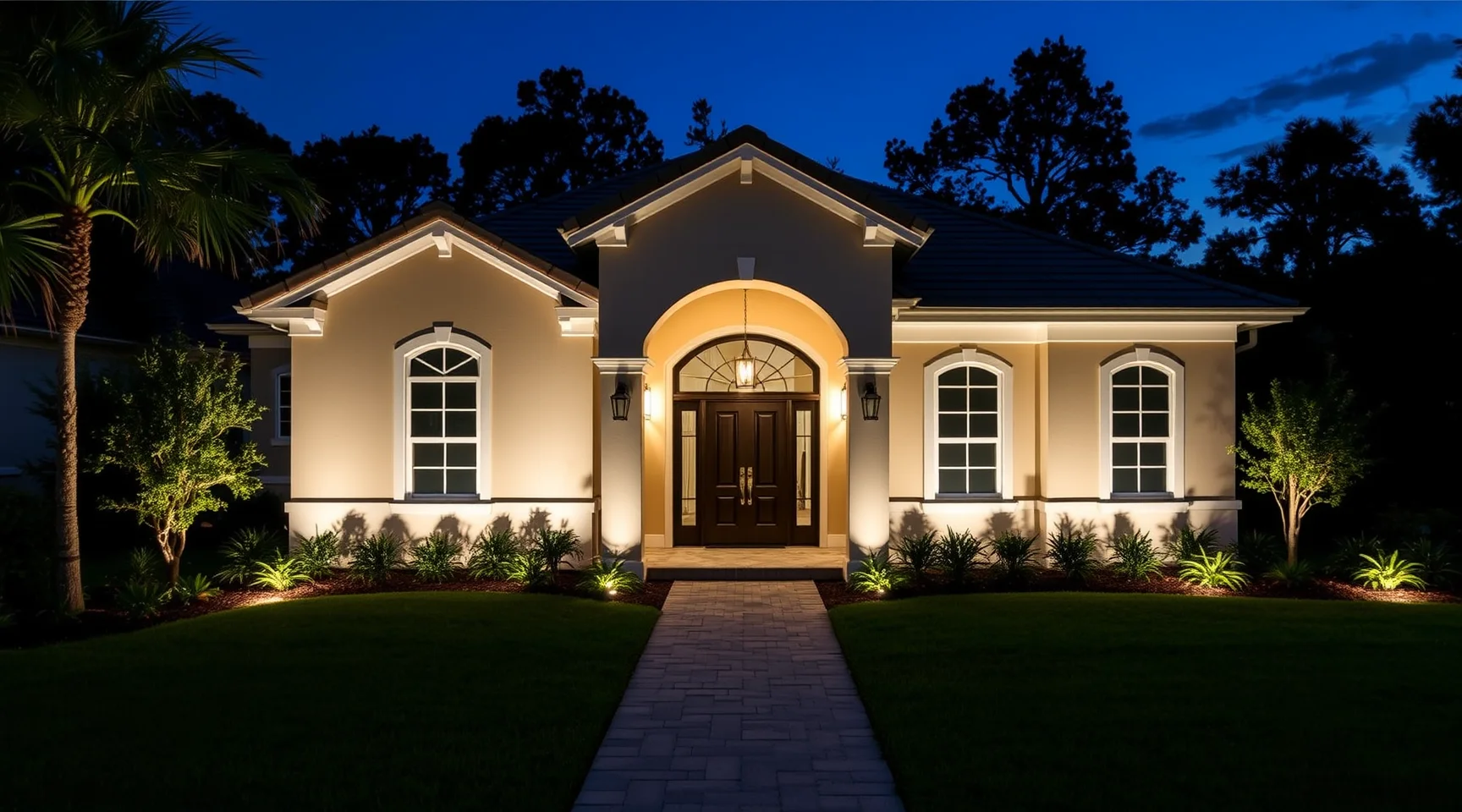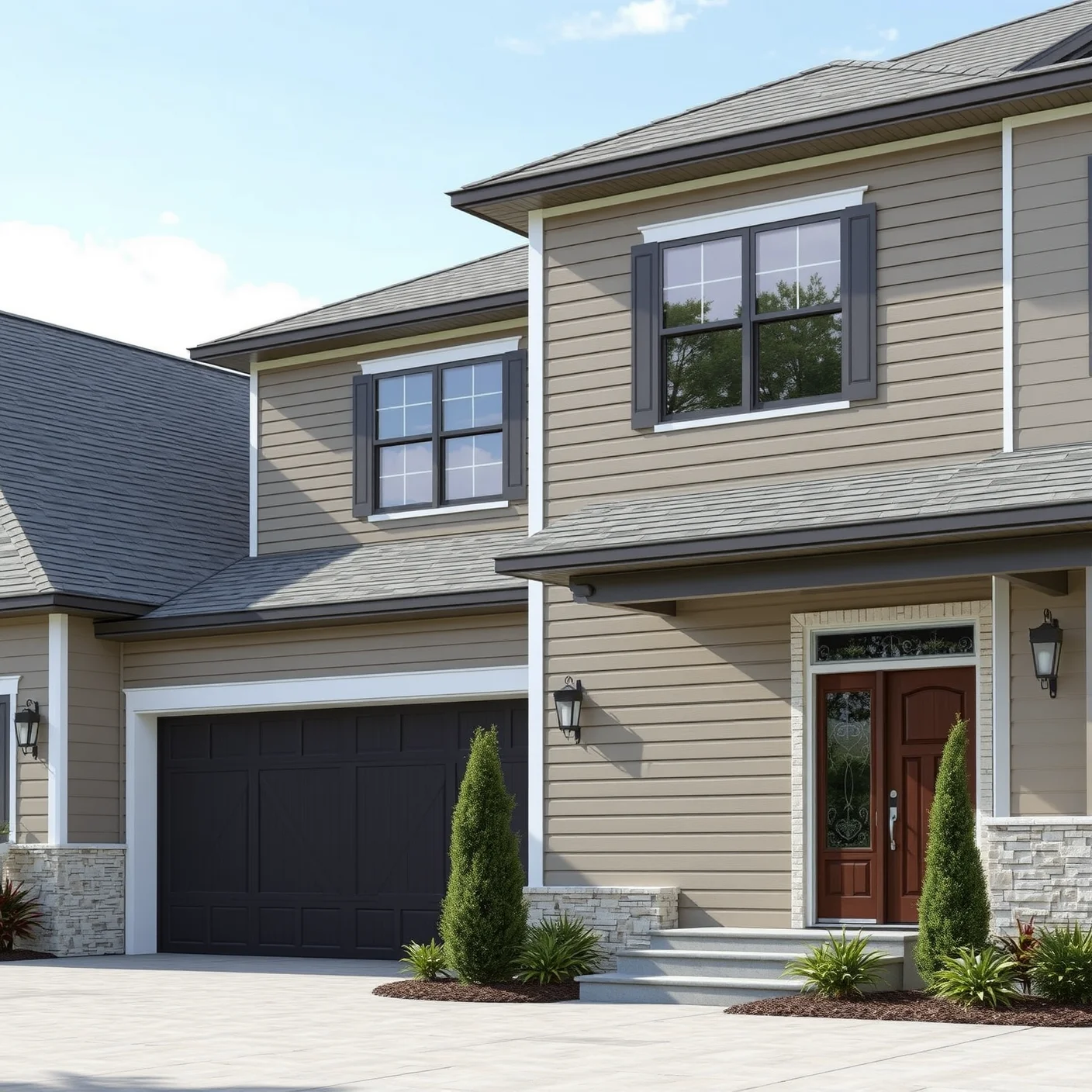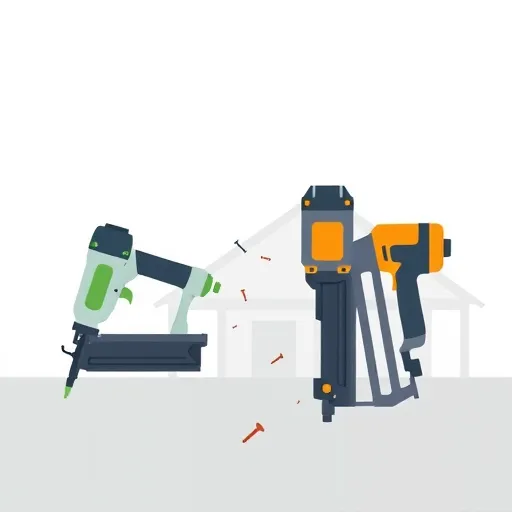
Siding Nailer vs Framing Nailer: Which Is Best for Your Project?
Wondering Which Nailer Is Right for Your Project? Siding Nailer vs Framing Nailer Explained
When it comes to home improvement, especially exterior projects like siding installation or framing, having the right tools can make all the difference. If you’re diving into a renovation or building project, you might find yourself elbow-deep in tools and wondering, "What’s the best nailer for the job?" Today, we're breaking down siding nailer vs framing nailer to help you make an informed choice that ensures quality work and efficiency.
What Are the Main Differences Between a Siding Nailer and a Framing Nailer?
Before you pick which nailer to use, understanding their core functions is key. Both tools are pneumatic or cordless, designed to shoot nails quickly and firmly, but they serve distinct purposes.
Siding Nailer: Designed specifically for attaching siding boards, vinyl siding, or shingles. They're built to handle thin, delicate materials and prevent damage from over-penetration.
Framing Nailer: Heavy-duty tools meant to drive large nails into thick lumber, framing, or decking. They're your go-to when constructing the skeleton of a house or large structures.
Can I Use a Siding Nailer for Framing or Heavy-Duty Projects?
While they might look similar, using a siding nailer for framing isn’t recommended. Siding nailers lack the power and nail size capacity needed for structural framing, which demands heavier nails and more robust drive strength.
What Are the Benefits of Using a Siding Nailer?
If your project involves installing vinyl or wood siding, a siding nailer offers several advantages:
Precision & Finish: Designed to minimize damage to delicate siding materials, resulting in cleaner, more professional-looking installs.
Speed: Fast nailing helps finish projects quicker, especially with large siding jobs.
Controlled Power: Adjustments allow for the perfect depth setting, preventing over-penetration into soft materials.
What Makes a Framing Nailer the Better Choice for Structural Work?
When framing walls, building decks, or constructing roof frameworks, the strength and capacity of a framing nailer shine. Its advantages include:
Powerful Drive: Capable of driving large nails into thick lumber, ensuring stability.
Durability: Built to withstand rigorous usage and demanding projects.
Versatility: Can handle a variety of nail sizes and types for different framing needs.
How Do I Choose the Right Nailer Based on My Project?
What types of projects require a siding nailer?
Siding nailers are perfect for projects involving siding installation—vinyl, wood, or fiber cement. If you’re updating your home's exteriors, replacing old siding, or doing DIY siding on a small-to-medium scale, a siding nailer is your best bet.
And what about framing projects?
For constructing wall frames, decks, or roof trusses, a framing nailer is essential. Its power and durability make it the ideal tool for structural work that needs to last for years.
Can I Use Nailers for Other Exterior or Interior Projects?
Absolutely! These tools aren’t just for siding or framing. Check out how they can be handy in other tasks:
Installing soffit and fascia with the right nailer can ensure secure, lasting attachments.
DIY projects like building a pergola or outdoor furniture often require a sturdy framing nailer to handle thick wood pieces.
What Factors Should I Consider Before Buying a Siding or Framing Nailer?
What is the gauge and nail size compatibility?
Make sure the tool supports the nail sizes you’ll need for your project. Siding nailers typically use 15 or 16-gauge nails, while framing nailers handle larger nails from 2 to 3.5 inches.
What about power source?
Decide between pneumatic (air-powered), cordless (battery-powered), or electric nailers based on your work environment, portability needs, and budget.
How important is adjustability and ergonomics?
Features like depth adjustment, a comfortable grip, and lightweight design enhance usability, especially during extended use.
Where Can I Find More Tips and Tools for My Exterior Projects?
If you’re planning a siding update or improving your home’s exterior, understanding costs and techniques is essential. For instance, [siding costs in Eustis, Florida](https://lakecoexteriors.com/post/siding-cost-eustis-florida) can vary, but knowing your options helps you plan better. Plus, our detailed [siding cost calculator](https://lakecoexteriors.com/post/siding-cost-calculator-with-labor-and-materials) provides transparency and helps you budget effectively.
What Are the Top Questions People Ask About Siding Nailer vs Framing Nailer?
Can I switch between a siding nailer and a framing nailer?
While some tools are adjustable for different nail sizes and depths, generally, it's best to use each nailer for its intended purpose to achieve optimal results and prevent damage.
Is it worth renting a nailer or should I buy one?
If you’re undertaking multiple projects or plan to do ongoing DIY work, purchasing a quality nailer makes sense. For occasional tasks, renting could be a more practical choice.
What safety precautions should I follow?
Always wear eye protection, ensure proper tool maintenance, and follow manufacturer instructions to avoid accidents. Handling pneumatic tools should be done thoughtfully to prevent injuries and ensure precise work.
Wrapping It Up: Which Nailer Is the Winner?
If your project primarily involves installing siding, vinyl, or wood paneling, a siding nailer is your best choice due to its controlled power and precision. On the other hand, if you’re tackling structural or large-scale framing projects, a framing nailer provides the power and durability you need to get the job done right.
Remember, choosing the right tool is about matching it to the task at hand. Properly equipped, your project will not only look great but stand the test of time. For further insights or assistance, don’t hesitate to contact Lake Co Exteriors. Our experts can guide you through the process and share valuable tips for every step of your home exterior journey.


